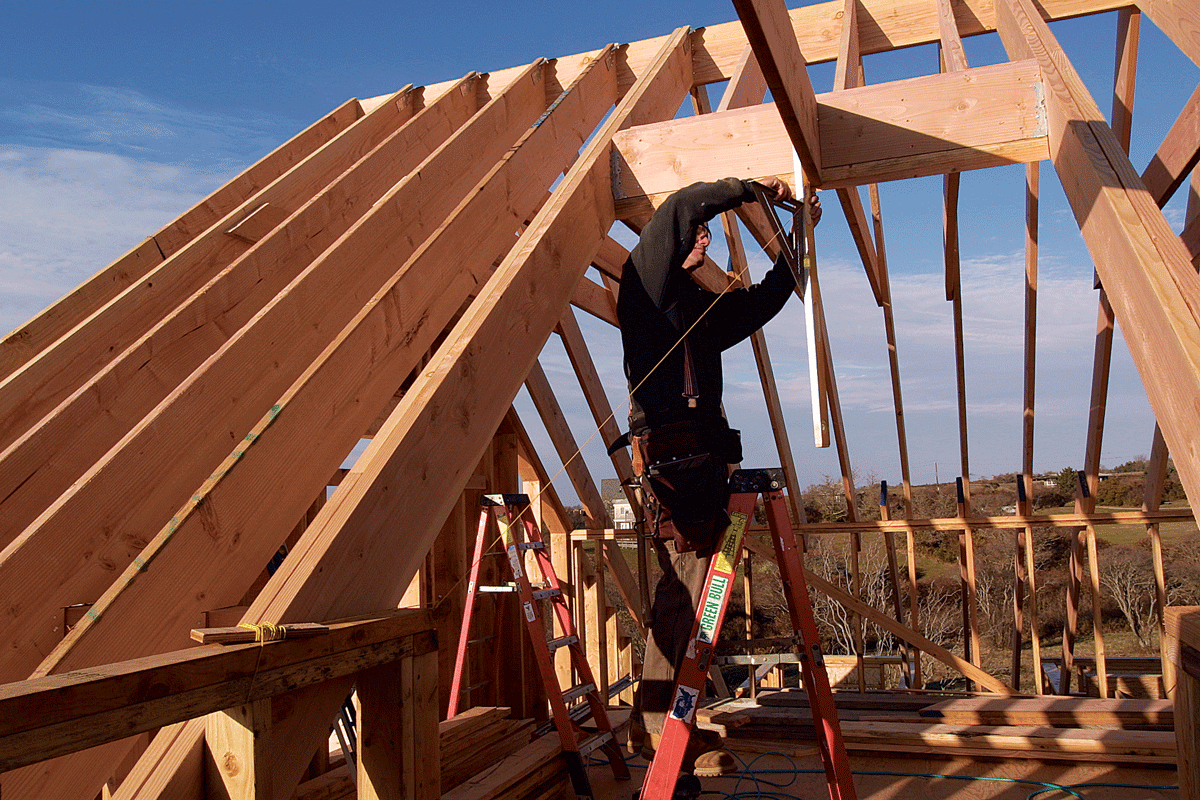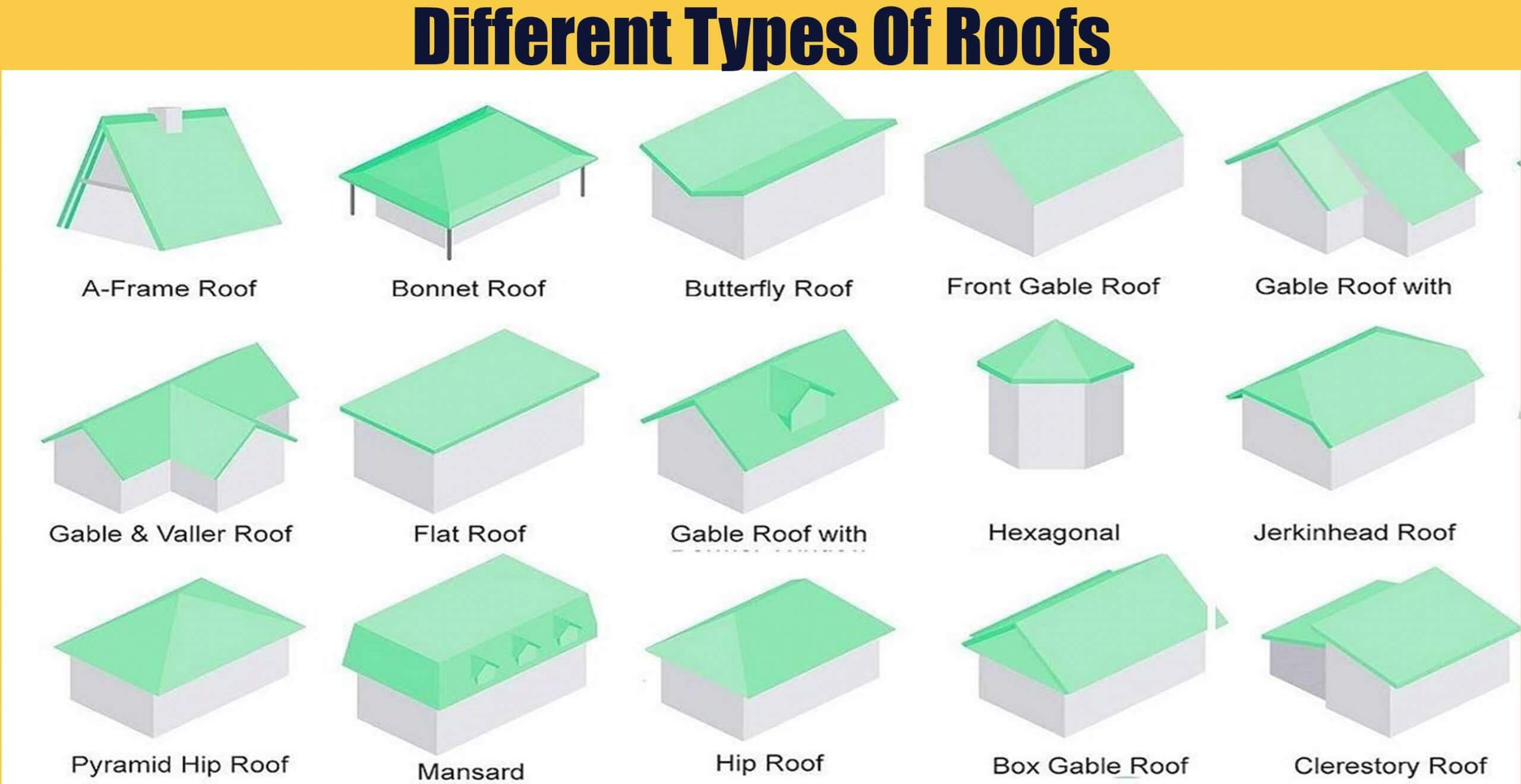Welcome to the world of roofing structures! Roof framing plays a crucial role in the stability and durability of a building. In this comprehensive guide, we’ll delve into the intricacies of different types of roof framing, exploring styles, materials, and practical applications. Join us on this enlightening journey through the fundamentals of architectural integrity.
Exploring Roof Framing

Understanding Roof Framing
Embarking on our exploration, let’s first grasp the fundamental concept of roof framing. It serves as the backbone of any roofing system, supporting the roof covering and transferring the load to the walls. Efficient roof framing ensures a building’s structural integrity and longevity.
The Importance of Roof Framing
Delving deeper, let’s uncover the significance of robust roof framing. It not only provides structural support but also influences the overall design and aesthetic appeal of a building. Understanding the importance of proper framing is essential for architects, builders, and homeowners alike.
Different Styles of Roof Framing

Traditional Stick Framing
This classic method involves assembling individual framing components on-site, offering flexibility in design and customization. Traditional stick framing remains a popular choice due to its versatility.
Truss Roof Framing
Truss framing involves pre-assembled triangular units, providing strength and efficiency. Trusses are a common choice in modern construction, offering a balance between cost-effectiveness and structural reliability.
Steel Roof Framing
Steel framing introduces durability and resistance to environmental factors. This style is gaining popularity for its longevity and suitability for large-scale construction.
Timber Roof Framing
With a timeless appeal, timber framing blends aesthetics with functionality. Timber roofs are renowned for their natural beauty and environmental sustainability.
Materials Used in Roof Framing

Wooden Framing Materials
Wood, being a traditional choice, provides warmth and versatility. It remains a favorite for its aesthetic appeal and ease of customization.
Steel Framing Materials
Steel offers strength and durability, making it ideal for larger structures. Its resistance to pests and rot contributes to a longer lifespan.
Aluminum Framing Materials
Aluminum framing introduces lightweight yet robust solutions, perfect for contemporary designs. It’s corrosion-resistant, ensuring longevity in diverse climates.
Common Issues in Roof Framing

While exploring the types of roof framing, it’s essential to address potential challenges:
Sagging Roofs
Improper framing may lead to sagging roofs, compromising their structural integrity. Understanding the causes and solutions is crucial for preventing this issue.
Leakage Problems
Inadequate framing may contribute to water leakage. Exploring preventive measures and solutions is vital for maintaining a dry and secure interior.
FAQ
Can I Change the Roof Framing Style of an Existing Building?
Absolutely, but it requires careful planning and professional expertise. Consult with a structural engineer to assess feasibility and potential challenges.
What is the Average Lifespan of Different Roof Framing Materials?
The lifespan varies. Wood framing may last 20-30 years, steel can endure 50 years or more, and aluminum offers longevity similar to steel.
Are Truss Roofs More Expensive Than Traditional Stick Framing?
Initially, truss roofs may have a higher upfront cost due to pre-fabrication. However, the overall savings in labor and time often make them a cost-effective choice.
How Can I Identify Roof Framing Issues in My Home?
Look for signs such as sagging, water stains, or cracking in walls. If in doubt, consult a professional roofer for a thorough inspection.
What Are the Environmental Benefits of Timber Roof Framing?
Timber is a renewable resource, contributing to sustainability. Additionally, it has a lower carbon footprint compared to steel or aluminum.
Conclusion
In conclusion, understanding the different types of roof framing is essential for anyone involved in construction or homeownership. Whether opting for traditional stick framing, trusses, steel, or timber, each style has its own unique advantages and considerations. By addressing the most common issues and exploring materials, you can make informed decisions for a robust and enduring roofing structure.
